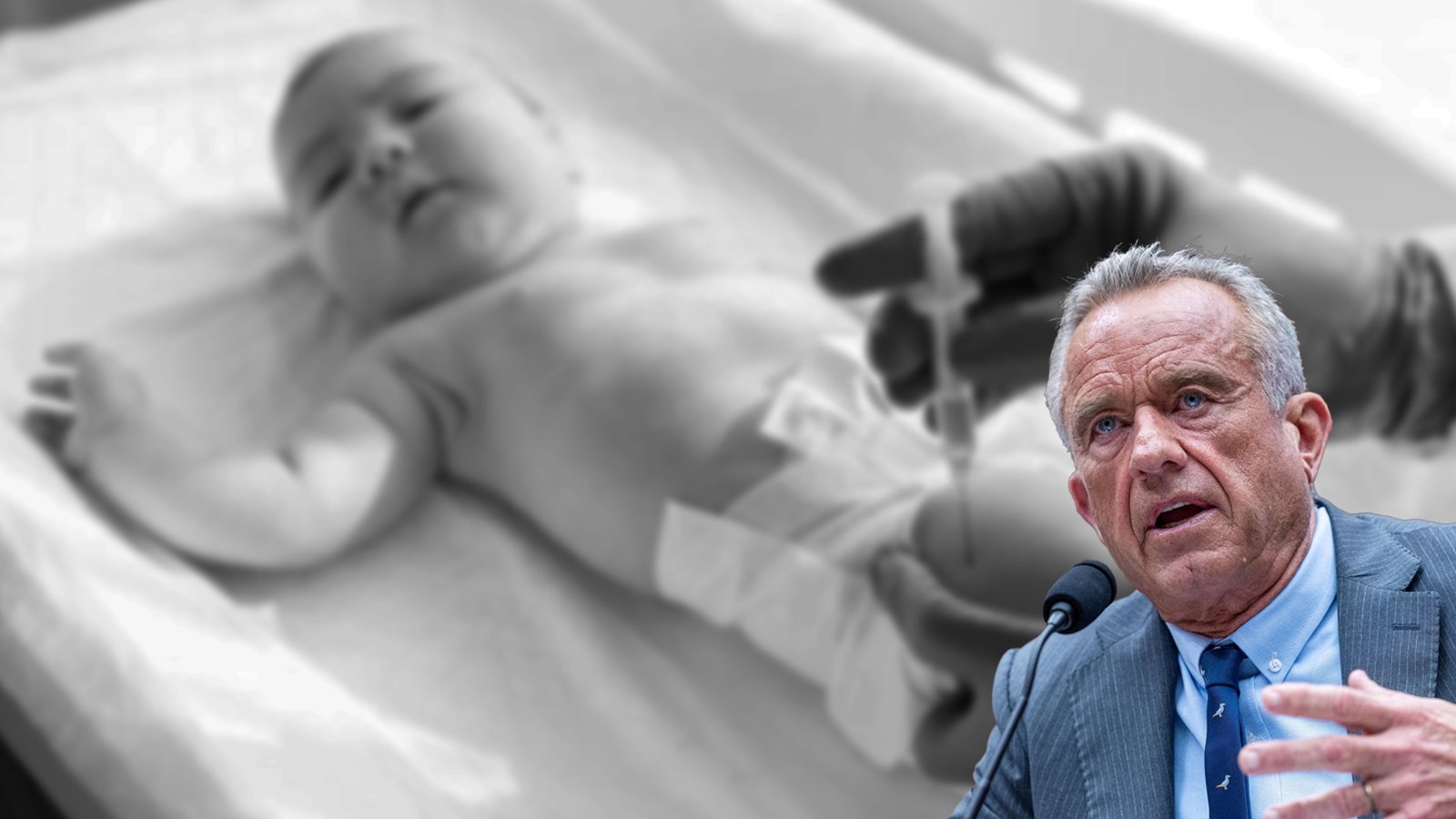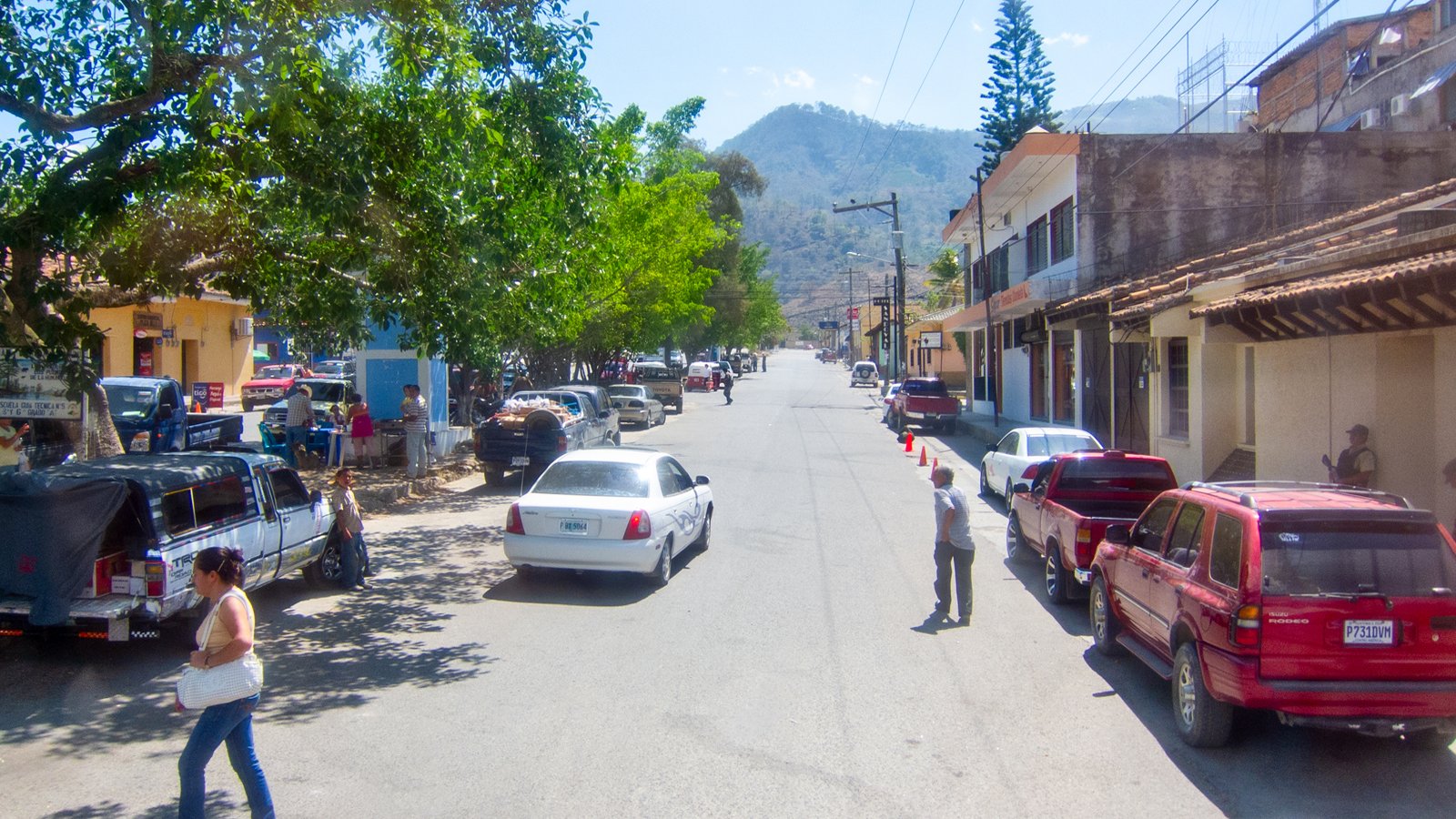
Did someone forward you this? Subscribe here free!
Happy Halloween, Roca Nation. Here are today’s four need-to-know stories:
President Trump and Chinese President Xi Jinping agreed to a one-year trade deal that pauses export controls and reduces some tariffs
President Trump directed the Pentagon to resume testing nuclear weapons in the first time since 1992
Al-Qaeda-affiliated militants tightened their grip on Mali this week as the US urged Americans to leave immediately (free)
The Senate voted to nullify President Trump's global tariffs, marking the third time this week lawmakers moved to terminate national emergency declarations (free)
By Max Towey
Last week, the Oklahoma City Thunder and Houston Rockets squared off in the NBA’s season opener. The Thunder, fresh off their first-ever title, beat the Rockets 125-124 in an OT thriller, spoiling Kevin Durant’s Rockets debut against his former team.
Chances are, you couldn’t care less about this game. Watching regular-season NBA is like watching paint dry – that is, if paint took off every other day for “load management.” But I bet there’s something about the game that may interest you: The sheer amount of money on the court.
The Rockets’ starting lineup alone has a combined annual salary of over $130M, led by Kevin Durant’s $55M and Alperen Sengun’s (who?!) $34M. Next it’s Fred VanVleet, who rakes in $24M a year, followed by Steven Adams, who rakes in a measly $14M.
On the Thunder side, the starting lineup’s total is closer to $100M. Its most-paid players are Shai Gilgeous-Alexander at $38M – a clearance-rack deal for the reigning MVP – followed by Isaiah Hartenstein ($28.5M a year).
Neither the Rockets nor the Thunder are in the top 10 for salaries. In fact, the Thunder rank 20th. And NBA ratings continue to decline, along with the league’s relevance. Yet these teams pay players you’ve never heard of hundreds of millions of dollars to play in games you’ll likely never watch.
Why?
Today, we look at entertainment inflation: Namely, the unprecedented amounts of income top athletes and entertainers are earning relative to any other time in history. How do they compare to the best-compensated executives?
That’s the subject of today’s deep-dive.
This full report is for paid subscribers, who fund our journalism. If you start a two-week free trial today, you’ll be automatically entered to win a free year. Once you sign up, you can access all of our articles here!

Editor’s Note
What do you all think? Is athlete pay a concern to you? Why does it receive so much less attention than executive pay? Let us know by replying here.
Thanks to those of you who wrote in yesterday about US cattle ranchers. Sharing a couple of emails below.
Tara wrote:
I’ve really appreciated so much of your work. Thank you for honestly approaching people.
The article written highlighting Mr. Massie’s arguments over beef prices ring so true. You’re getting closer to the problems farmers and ranchers face. The thing I’m surprised I never see points at what Trump himself said, that ranchers need to bring down prices. That is either politics or a misrepresentation of what farmers and ranchers face. Since the 60’s really farmers and ranchers changed their business by being able to implement machinery and horticultural technology. That is also a time where people more and more began an exodus out of rural self sufficient lifestyles. People got food from the grocery store, not from the toil of family and community. So, the “new” systems took hold and work is still done this way. I digress though.
Farmers and ranchers can only produce from nature’s bounty. There are limits and the margins have gotten thinner and thinner as prices and regulations squeeze natures reserves. The cost of machinery has gone up two to three to four times what the price of beef has gone up. Not to mention other inputs… electric power, fuel… medicine, insurance coverage… this list goes on, but I hope you see my point.
People are loosing track of our true connection to nature. You can’t put a price on it, but when the economy does not appreciate this connection the foundation cracks. Mr. Massie, I think, understands this. I think Mr. Trump ultimately gets it as well. But, the levers have grown enormously.
There is nothing farmers and ranchers care about more than the health of nature and stewarding the animals and the landscape. They are creative and work hard. They innovate to meet the economy and shift to face changes bigger than they are. What I see is that small business is being pushed out in the name of large corporations who manage through paper trails. The disconnect is inhuman and even as it’s in the name of efficiency, it is not sustainable.
Farmers and ranchers cannot lower the price. The number of small farms and ranches closed since the 70’s is jaw-dropping and it’s because they can’t afford to stay in business. The balance is off. The disconnect between economy and nature is getting wider.
And Michele wrote:
I’m not a farmer, but I would like to suggest that those of us looking for organic, pasture-raised cattle, not the awful conditions in the factory farms, would gladly have more options to order directly from local farms.
And check out our past five stories below if you haven’t read them yet:
That’s all, see you tomorrow.
—Max and Max




